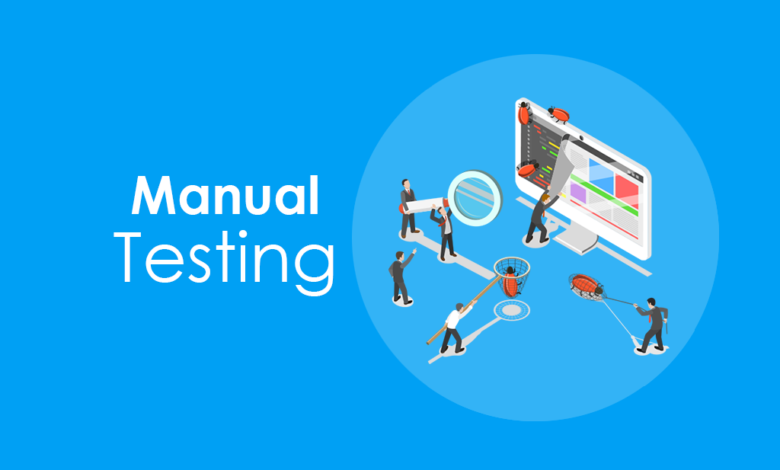Manual Testing Process

Manual Testing is the process of identifying bugs, issues, and defects in a software application manually. It is the most primitive type of software testing.
Concept of manual testing
The key concept of manual testing is to ensure that the application is error-free and it is working as per the specified functional requirements.

What is the need for manual testing?
- Manual testing is important from a user experience point of view. All new software applications must be manually tested before they can be automated. Manual software testing requires more effort but is necessary to check the automation feasibility.
- When a new software application comes into the market, and if it is unstable or having bugs or issues it can cause damage to the company that developed the software and the user. To avoid such problems, it is important to perform a round of manual testing to make the application bug free, stable, and deliver the expected results.
- If the test engineer does manual testing, he/she can test the application from an end-user perspective and get more familiar with the product, which helps them to write the correct test cases of the application and give ideal feedback on the application
- Basically, this testing checks the quality of the system and delivers the bug-free products to the end-users.
Types of Manual Testing:
There are various methods used for manual testing. Each technique is used according to its testing criteria. Types of manual testing are given below:
Manual Testing Tools
In manual testing, different parameters are tested like unit, integration, security, performance, and bug tracking. We have various tools such as Jira, Bugzilla, Mantis, Zap, NUnit, Tessy, LoadRunner, Citrus, SonarQube, etc. available in the market to perform manual testing. Some of the tools are open-source, and some are commercial.

ADVANTAGES OF MANUAL TESTING:
- Manual Testing is eyeball testing
- It is covered with less cost
- Application with short life cycles can be tested
- It is very easy to learn
- Manual testing concepts does not require in-depth knowledge of testing tools
DISADVANTAGES OF MANUAL TESTING:
- GUI objects size difference and color combination etc. is not easy to find out in manual testing
- Running test manually is a time-consuming job
- Regression test cases are time-consuming in manual testing techniques
As more organizations are slowly shifting towards automation, there are many instances where manual testing is necessary for maintaining the quality of the software. Overall, manual testing has its own set of advantages and disadvantages.





